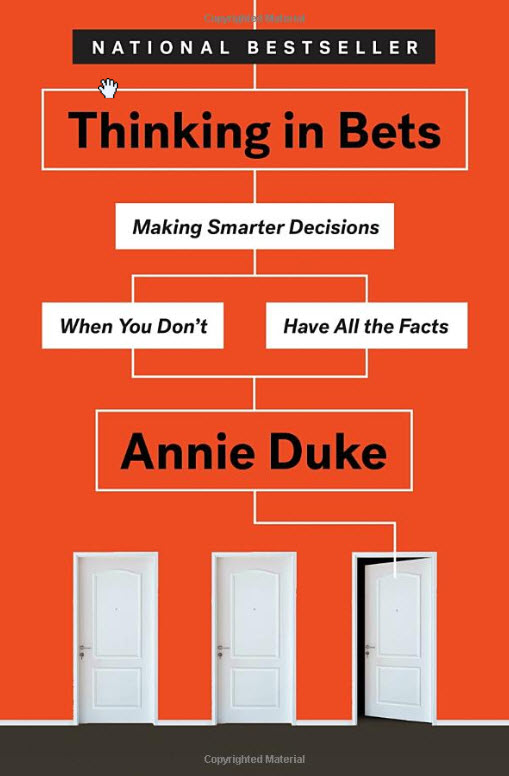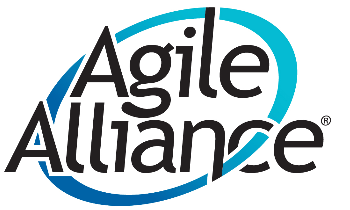Make sure you register for the upcoming Tech debates at the Capital Factory on 5 November in Austin. Learn how to build an engineering team from scratch: Survival tactics for CTOs, technical leaders, and those that aspire to lead technology departments
The following are a list of resources recommended by some of the leaders and members of the Austin, Texas Agile community. We hope that you find them helpful.
Agile Alliance is a nonprofit organization committed to supporting people who explore and apply Agile values, principles, and practices to make building software solutions more effective, humane, and sustainable.
“Shift Left” for Higher Quality at Greater Speed – this resource from IBM Watson is dedicated to reducing the risk of problems in software development by moving to test earlier in the delivery life cycle.
The Age of Agile: How Smart Companies Are Transforming the Way Work Gets Done – this book from Stephen Denning helps teams master the three laws of Agile Management (team, customer, network), embrace the new mindset, overcome constraints, use meaningful metrics, and make the entire organization Agile.
The Art of Action: How Leaders Close the Gaps between Plans, Actions, and Results – Stephen Bungay discuss how leaders can close the gaps between plans, actions, and results.
The Five Dysfunctions of a Team: A Leadership Fable – In keeping with the parable style, Patrick Lencioni begins by telling the fable of a woman who, as CEO of a struggling Silicon Valley firm, took control of a dysfunctional executive committee and helped its members succeed as a team. Storytime over, Lencioni offers explicit instructions for overcoming the human behavioral tendencies that he says corrupt teams (absence of trust, fear of conflict, lack of commitment, avoidance of accountability, and inattention to results). Succinct yet sympathetic, this guide will be a boon for those struggling with the inherent difficulties of leading a group.
Why Jeff Bezos’ Two-Pizza Team Rule Still Holds True in 2018
When Waterfall Principles Sneak Back Into Agile Workflows – this article from the Havard Business Review discusses how to avoid old waterfall-based habit sneaking back onto Agile teams.
What Does It Take to Become Agile? – the Project Management Institute created this helpful resource that establishes the basic framework of thriving Agile teams.
Ron Jeffries – hosts a forum style blog to discuss all things Agile.
CodeSqueeze – is a blog dedicated to discussing ideas for building efficient developers and software.
Choose Your Wow! – a disciplined agile delivery handbook for optimizing your way of working.
Stop Confusing agile with Agile -one is a trait. One is a method. We do Agile. We are agile. Unfortunately, the mere word “agile” has caught a case of “buzz-itis” recently, being invoked as some sort of panacea, differentiator or sales mechanism across industries. This article aims to shed some light on the difference between the agile organization (agility) and the Agile method – lower case “a” agile and upper case “A” Agile. The goal is to add clarity and raise the level of conversation occurring between and among change practitioners.
The Phoenix Project: A Novel about IT, DevOps, and Helping Your Business Win – Bill is an IT manager at Parts Unlimited. 
Thinking in Bets: Making Smarter Decisions When You Don’t Have All the Facts – Even the best decision doesn’t yield the best outcome every time. There’s always an element of luck that you can’t control, and there is always information that is hidden from view. So the key to long-term success (and avoiding worrying yourself to death) is to think in bets: How sure am I? What are the ways things could turn out? What decision has the highest odds of success? Did I land in the unlucky 10% on the strategy that works 90% of the time? Or is my success because of dumb luck rather than brilliant decision making?
The Goal: A Process of Ongoing Improvement – a gripping novel, is transforming management thinking throughout the world. It is a book to recommend to your friends in the industry – even to your bosses – but not to your competitors. Alex Rogo is a harried plant manager working ever more desperately to try to improve performance. His factory is rapidly heading for disaster. So is his marriage. He has ninety days to save his plant – or it will be closed by corporate HQ, with hundreds of job losses.

Leading Exponential Change: Go beyond Agile and Scrum to run even better business transformations – begins by showing that new techniques are required to manage change, and explains extensively the differences between Agile and Enterprise/Business Agility. The book gives birth to new paradigms, practices, and tools for change management, which allow from day one to seek new solutions to create a more responsive company. It covers areas related to innovation, agile software development, psychology, Enterprise Agility, group management, and neuroscience, to provide the reader with advanced tools to speed up change. Each chapter contains dozens of examples and actual stories, and four independent consultants have included their stories to provide better insights.







